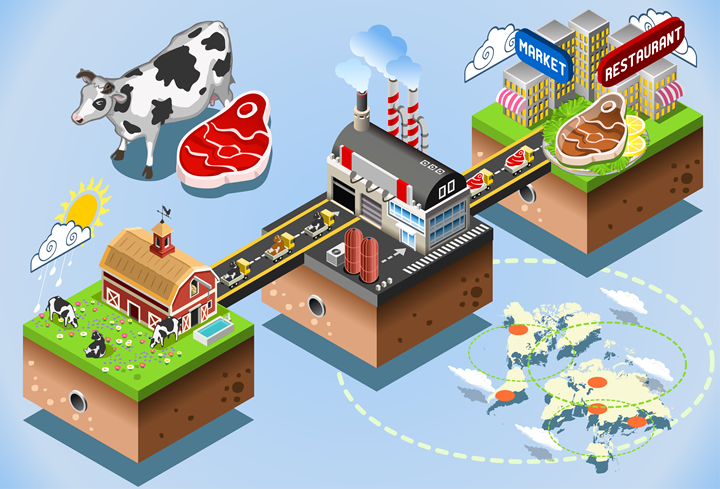Navigating Harvest: How Inland Waterway Shipping Powers Modern Agriculture
When it comes to moving bulk cargo, barges are the unsung heroes of the agriculture industry. Each barge can carry the equivalent of 70 truckloads, and tows of up to 40 barges per tug offer unmatched capacity.
Driving Efficiency in Agriculture: Smart Agri-Rail Systems to Surpass $7.5 Billion by 2032
In this article, we explore the key factors driving the growth of the Smart Agri-Rail System market, the benefits it offers to the agricultural industry, and the challenges it must overcome to reach its full potential.
80 Acres Farms Announces New Grab-and-Go Meals
80 Acres Farms, an Ohio-based vertical farming company, is announcing two new additions to its line of clean, pesticide-free premium salad kits -- Hail, Caesar! and Zing N' Zen.
A Packaging Look-Ahead for 2024 and Beyond
As packaging converters and their brand/retailer clients look to the future, there are four key areas of focus that are getting a lot of attention: Artificial Intelligence, Sustainability, Automation, and Hiring and Retaining talent.
Specialty Food Manufacturer Meets FDA Requirements and Sustains Growth with MRP Software
Specialty food manufacturer Tait Farm Foods implemented MRP software to get a clear overview of their operation and increase profitability.
Building the Business Case for Conservation Agriculture and Redefining Our Approach to Feeding the World
The large commercial farming operations are clearly of the opinion that conservation agriculture, which targets a considerable reduction in inorganic fertilizer and pesticides, is a fringe food option.
Can Self-Driving Trucks Reduce Costs and Increase Productivity in Agriculture?
Without having to stop for bathroom breaks, naps or a chance to stretch, autonomous semi-trucks will surely play a role in the future of agriculture regarding shipping. These vehicles are still a tailpipe dream, but how might they affect farming someday?
IDTechEx Asks If Emerging Technologies Can Make Food Production More Sustainable
Today, food production represents approximately 20% of global greenhouse gas emissions. In addition, food production is associated with other negative impacts, including high water demand, severe soil degradation, eutrophication, and more.
How BrightFarms is Meeting Demand for More Indoor Grown Produce
Food safety is the single most important part of what we do as food growers. BrightFarms has demonstrated its leadership in this space by transparently tackling challenges and charting a path forward.
AeroFarms Danville, Now Growing: Debut of The World's Largest Aeroponic Smart Farm
AeroFarms Newest Indoor Vertical Farm Capable of Growing Over 3 Million Pounds of Fresh Leafy Greens Annually To Meet Increased Customer Demand
Plenty Building World's Largest Indoor Vertical Farm Campus
$300 million, 120-acre Virginia campus will feature world's first farm to grow indoor, vertically farmed berries at scale, in partnership with Driscoll's
What Is the Future of UK Vertical Farming?
With so many variables and Mother Nature becoming more unpredictable, our horticultural experts continue to field an increasing number of enquiries for controlled growing environments.
Understanding the Shifting Landscape of the Meat Industry
Meat is a crucial component of western diets. Eastern countries like China are also experiencing significant meat consumption increases. As the global demand for meat changes, factory farms and food production facilities must alter their practices.
7 Innovative Strategies for Streamlining Agriculture Transportation Models
As the situation grows direr, agriculture professionals will have no choice but to rethink and redesign transportation models. Already, many have turned to innovative solutions to streamline the process and keep up with demanding customers.
Vertical Farming Advantages You Should Know About
A climate-controlled environment allows for year-round, reliable food production. This reliability means the consumer has access to fresh, locally grown produce in every season.
Records 1 to 15 of 17
Featured Product

How to overcome GNSS limitations with RTK correction services
Although GNSS offers ubiquitous coverage worldwide, its accuracy can be hindered in some situations - signals can be attenuated by heavy vegetation, for example, or obstructed by tall buildings in dense urban canyons. This results in signals being received indirectly or via the multipath effect, leading to inaccuracy, or even blocked entirely. Unimpeded GNSS positioning in all real world scenarios is therefore unrealistic - creating a need for supporting technologies, such as real time kinematic (RTK) positioning and dead reckoning, to enable centimeter-accuracy for newer mass-market IoT devices.


.jpg)
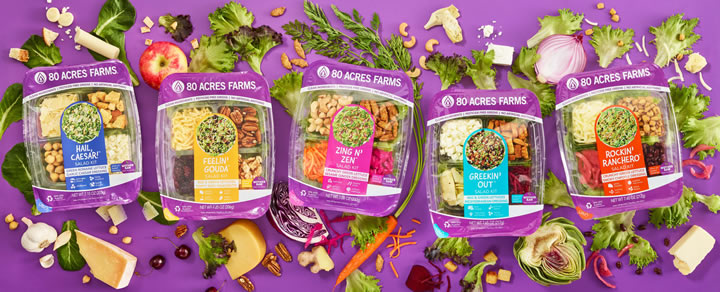



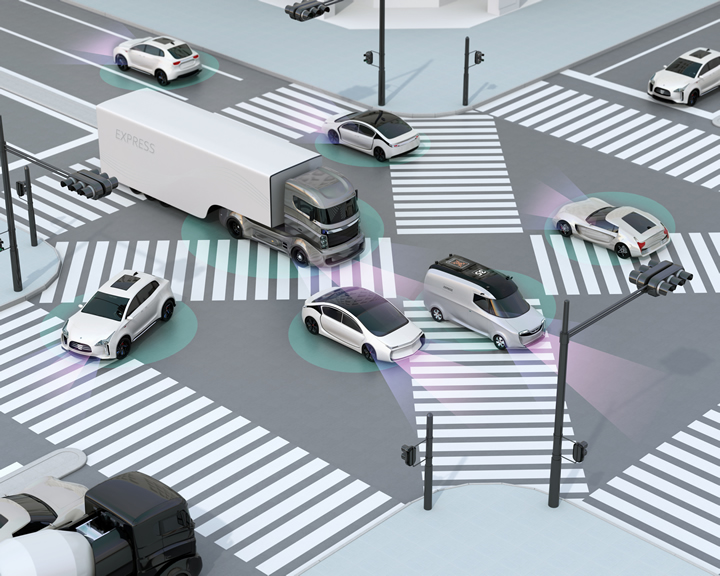
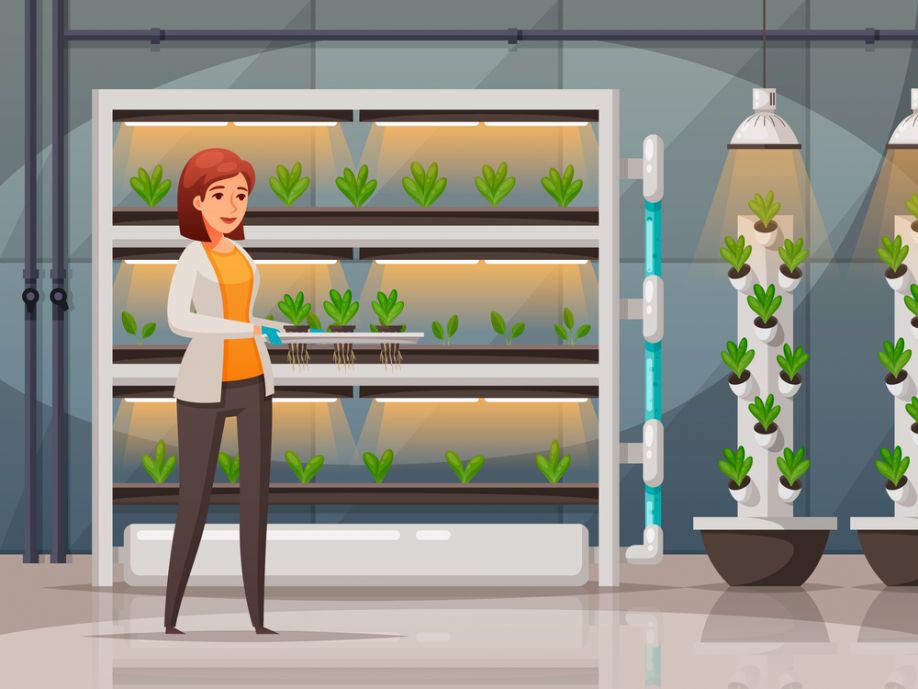

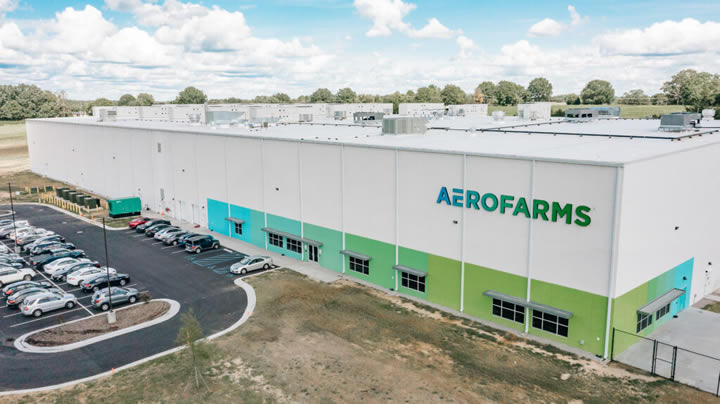
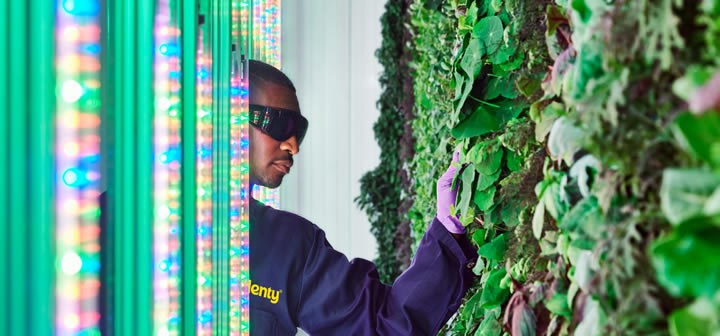

.jpg)
